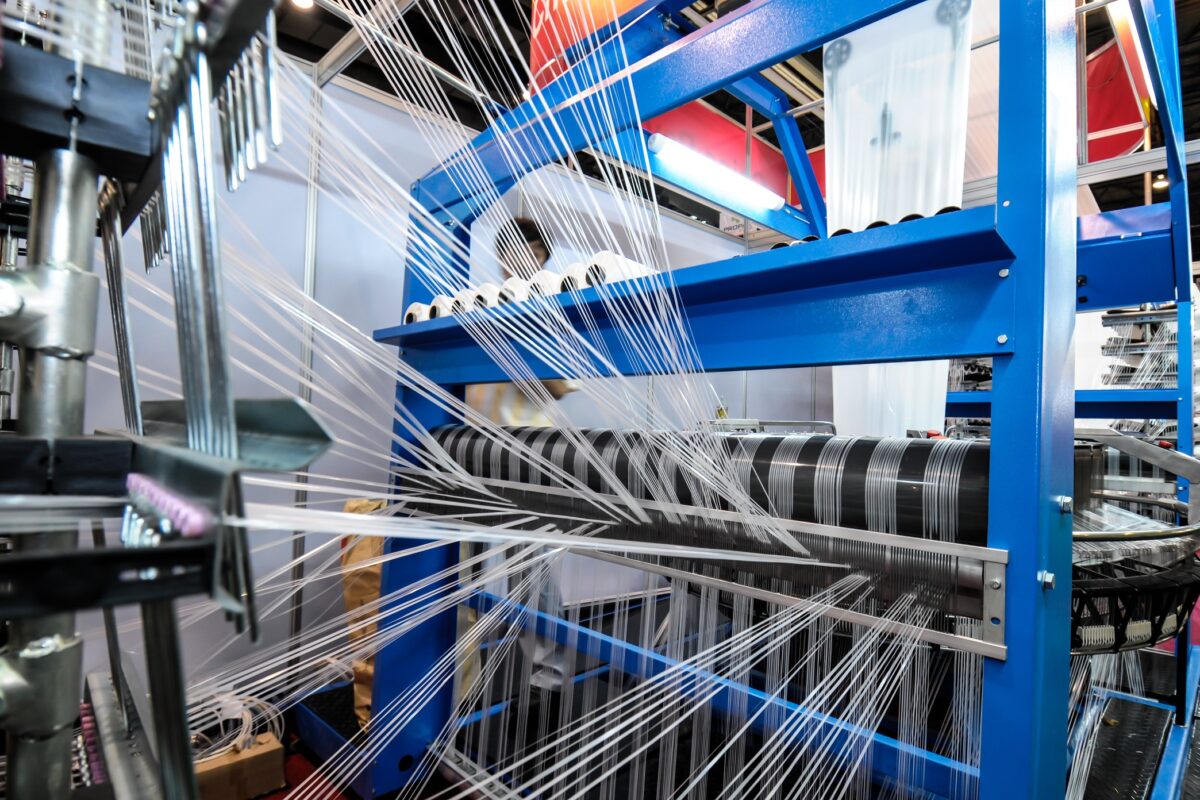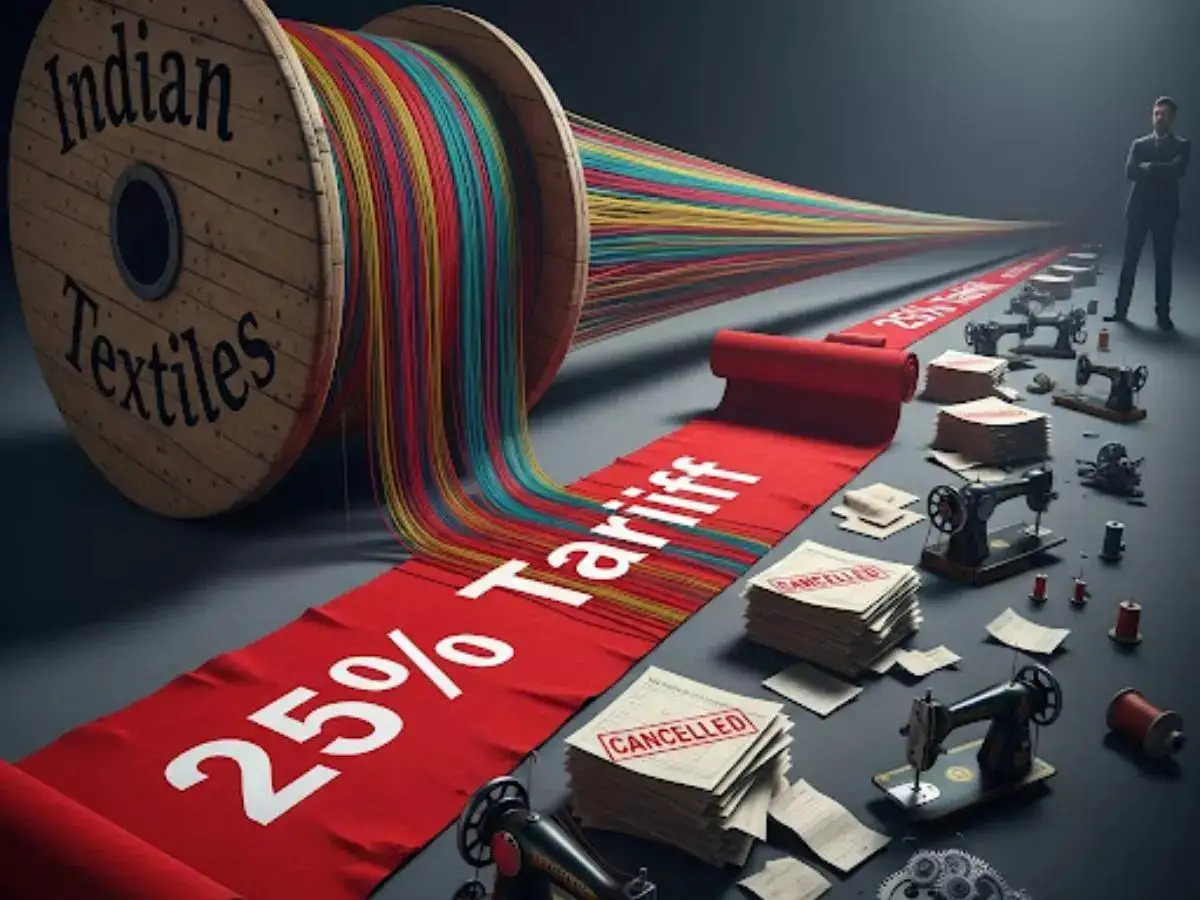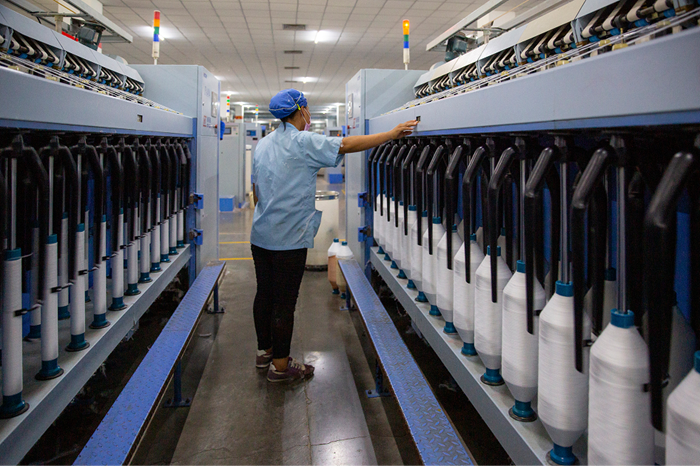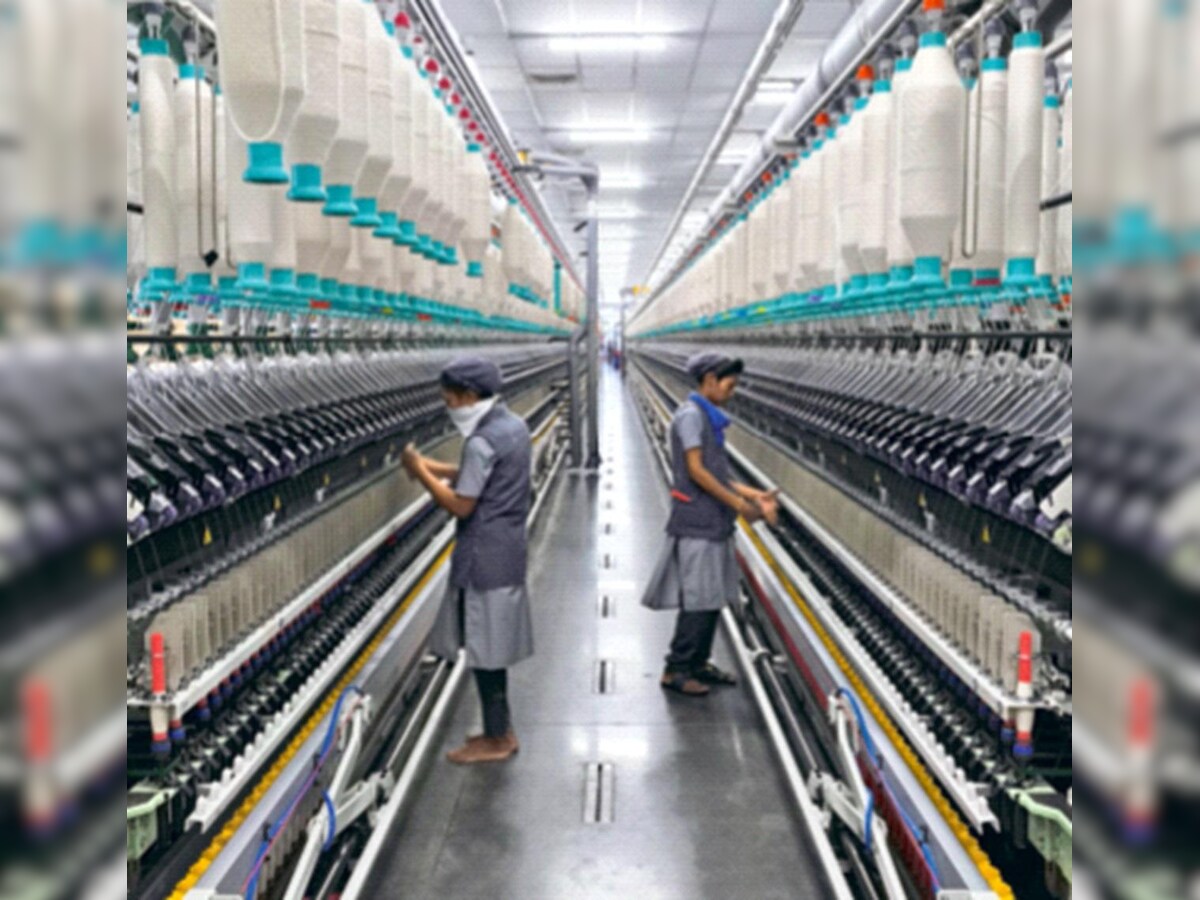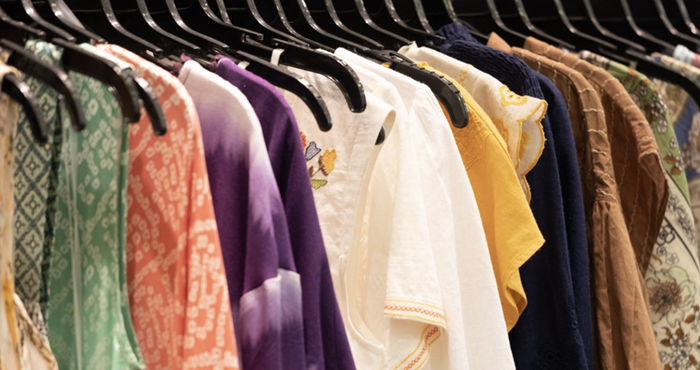Rana Plaza was a turning point in Bangladesh’s apparel history. Reforms have made the garment industry a safer place but have also resulted in huge job losses for women. Five years ago, the country’s clothing sector employed around four million people, of which more than 80 per cent were women. Now Bangladesh’s readymade garment factories have 3.5 million workers, 60.8 per cent of whom are women.
The clothing sector is Bangladesh’s largest export earner. Five years ago, working in a factory was considered a reliable source of income for women, who made up the vast majority of garment workers. Now, the number of women garment workers is on the decline. Some are keeping away from the industry by choice, afraid of another factory collapse. And thousands of others are being shut out of garment factory work by policies designed to keep them safe.
More than 78 per cent of the Rana Plaza survivors have never gone back to work in a garment factory. And more than 48 per cent of the survivors are still jobless. Women are less knowledgeable about the technology that the industry is bringing in, making it more difficult for them to participate in the garment workforce. This lack of knowledge has created more scope for male workers to enter this female-dominated industry.
Fewer women in Bangladesh garment sector
- 1
- 2
- 3
- 4
- 5
- 6
- 7
- 8
- 9
- 10
Threads of Labor and Steel: The human-machine ecosystem powering India’s textile…
India generates nearly eight million tonnes of textile waste every year, placing the country at the center of the global... Read more
Hanging by a Thread: US Tariffs cripple Indian textile exports, orders drop 70%
India’s textile and apparel industry is facing an unexpected mid-cycle rupture that is reshaping the sector’s economics far faster than... Read more
Sourcing's new compass, navigating apparel's great migration beyond Asia
The global apparel sourcing business is redefining the metrics of success beyond traditional labor costs. Led by geopolitical risks, consumer... Read more
No A-Grades for Climate: What the fossil-free fashion scorecard reveals about in…
For years, the global fashion industry has promised a cleaner, greener future but 2025’s Fossil-Free Fashion Scorecard by STAND.earth offers... Read more
Wired Threads: How India’s textile backbone is powering the smart apparel future
India’s huge textile industry, long celebrated for its command over cotton and competitive manufacturing scale, is going through a foundational... Read more
The New Core Competency: How sustainability and advanced fabrics are driving Ind…
The SportTech Pavilion at Techtextil India, hosted by Concepts N Strategies, concluded with a unanimous declaration: for India to successfully... Read more
New EU import rules set to raise prices for Shein and Temu, boosting European re…
Europe’s fashion and textile scenario is on the verge of its most consequential structural shift in over a decade. The... Read more
Global apparel trade rebalances in 2025 as Europe rises, Asia stumbles: Wazir Ad…
As the global apparel economy enters the final quarter of 2025, trade flows across major markets reveal a sector facing... Read more
Tariffs, turbulence and tenacity, India’s textile sector finds new strength
India’s textile and apparel export sector is showing a remarkable capacity to adapt and thrive in one of the most... Read more
Future Fiber Demand and the Chemical Recycling Imperative: Global industry eyes …
The global textile industry is entering a period of exponential growth and profound technological transformation, according to key figures speaking... Read more

